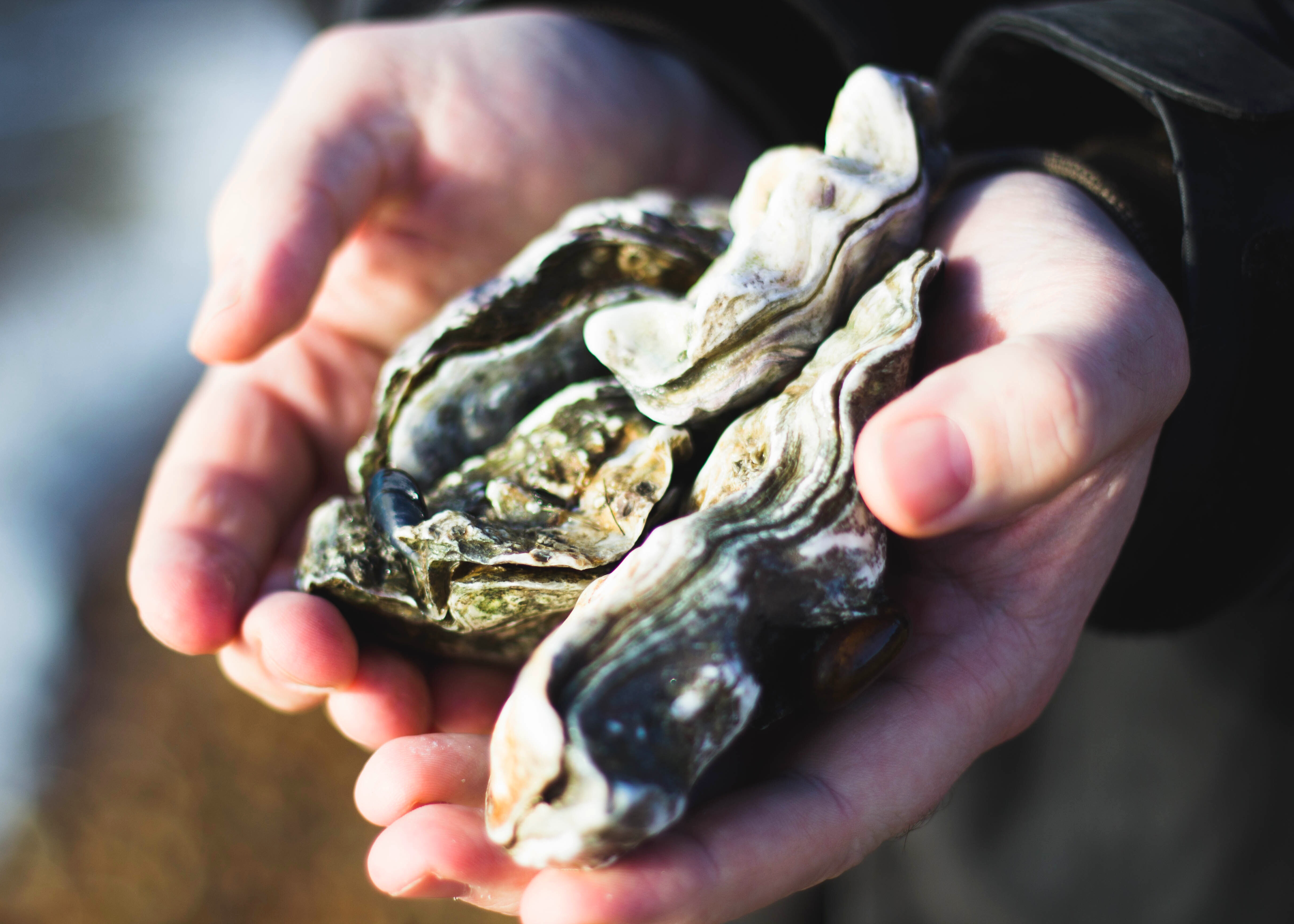Had you been dining on their brethren in the 1800s or earlier, it would have been this species you were consuming. Middens from Vancouver Island's norther tip to California are built from Ostrea lurida.
These wonderful invertebrates bare their souls with every bite. Have they lived in cold water, deep beneath the sea, protected from the sun's rays and heat? Are they the rough and tumble beach denizens whose thick shells tell us of a life spent withstanding the relentless pounding of the sea? Is the oyster in your mouth thin and slimy having just done the nasty—spurred by the warming waters of Spring?

We have been cultivating, indeed maximizing the influx of invasive species to the cold waters of the Salish Sea for many years.
In the wild waters off the coast of British Columbia is the last natural abundant habitat of the tasty Ostrea lurida in the pristine waters of Nootka Sound.
The area is home to the Nuu-chah-nulth First Nations who have consumed this species boiled, smoked or steamed for thousands of years. Here these ancient oysters not only survive but thrive — building reefs and providing habitat for crab, anemones and small marine animals.
Oysters are in the family Ostreidae — the true oysters. We find them along the foreshore bent this way and that as they mould to the shape of whatever they cement themselves to. Their lineage evolved in the Early Triassic — 251 - 247 million years ago.
In the Kwak̓wala language of the Kwakwaka" wakw="" first="" nations,="" speakers of Kwak'wala, of the Pacific Northwest—and my family, an oyster is known as t̕łox̱t̕łox̱.




Comments